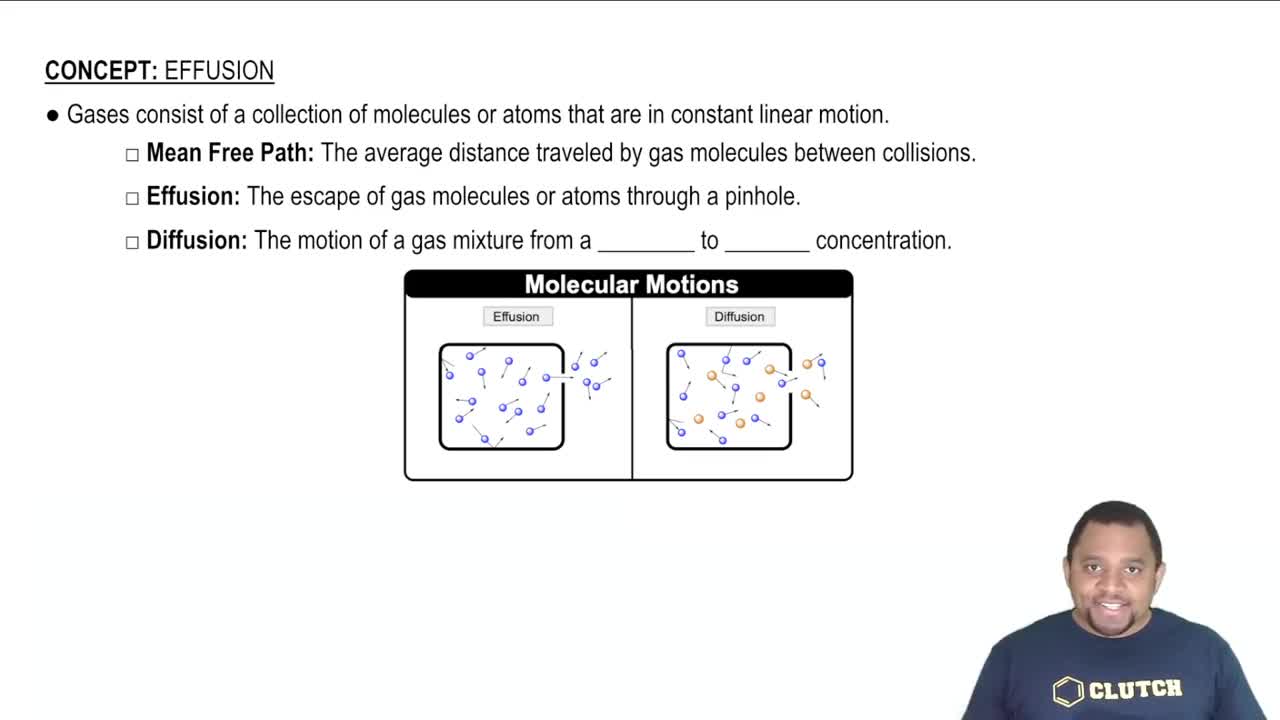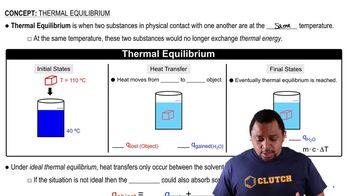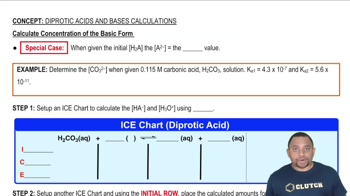Here are the essential concepts you must grasp in order to answer the question correctly.
Diffusion
Diffusion is the process by which molecules spread from areas of high concentration to areas of low concentration. In the context of the beakers, the NaCl solution will gradually mix with the pure water due to the movement of salt ions and water molecules, leading to a uniform concentration over time.
Recommended video:
Equilibrium
Equilibrium in a chemical context refers to the state where the concentrations of reactants and products remain constant over time. In this scenario, after sufficient time, the concentrations of NaCl and water will reach a point where the rate of diffusion into and out of the beakers is balanced, resulting in a stable mixture.
Recommended video:
Concentration Gradient
A concentration gradient exists when there is a difference in concentration of a substance across a space. In this experiment, the gradient between the pure water and the NaCl solution drives the diffusion process, as the salt ions move from the area of higher concentration (NaCl solution) to the area of lower concentration (pure water) until equilibrium is achieved.
Recommended video:
Calculate Concentration of the Basic Form







